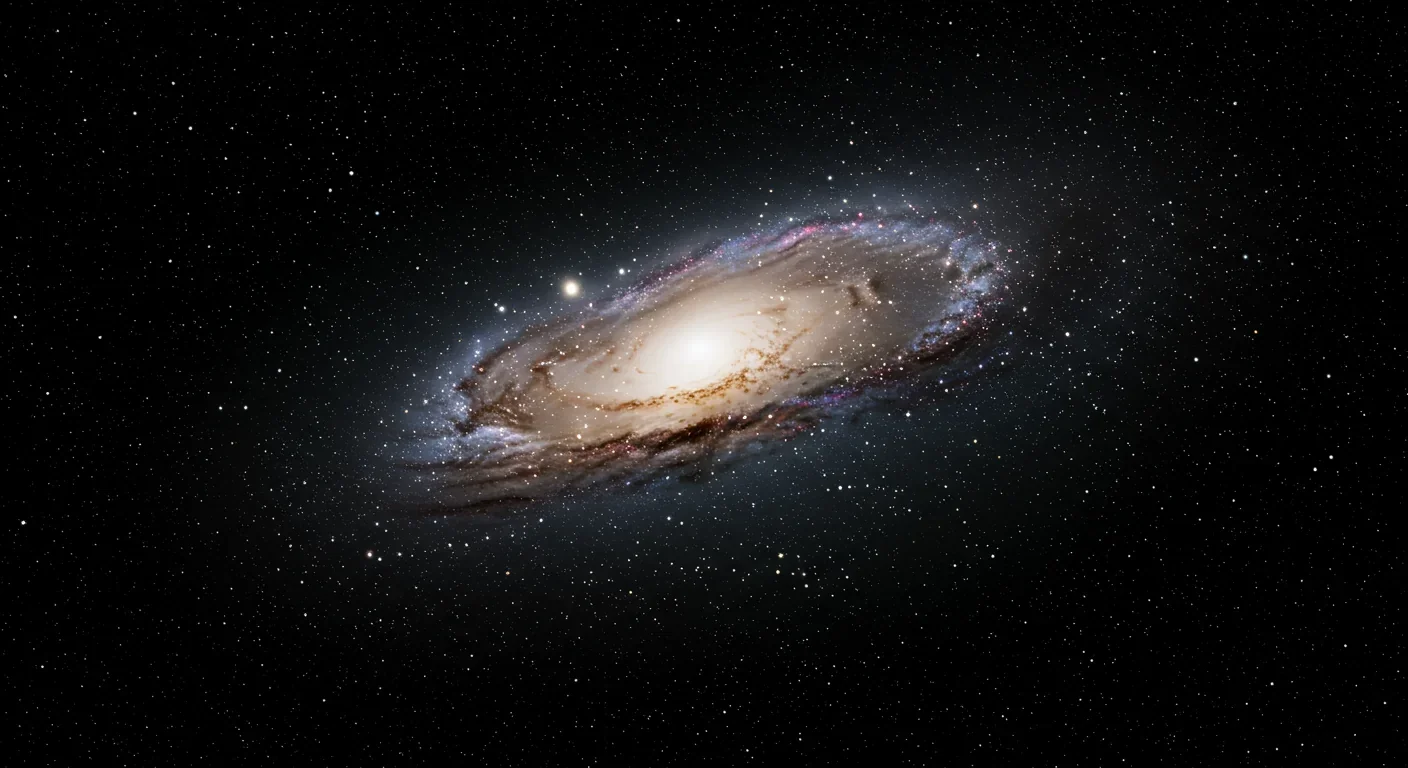Mapping the Milky Way's Galactic Habitable Zone for Life
Astronomers have mapped the Milky Way's Galactic Habitable Zone—a 10,000-light-year-wide ring where metallicity, supernova rates, and stellar stability align to support life. Earth orbits in this cosmic sweet spot, 27,000 light-years from the galactic center, where conditions have remained stable for billions of years. New missions like JWST and TESS are targeting planets in this zone, discovering Earth-sized worlds with atmospheres, and transforming the search for extraterrestrial life into ...

